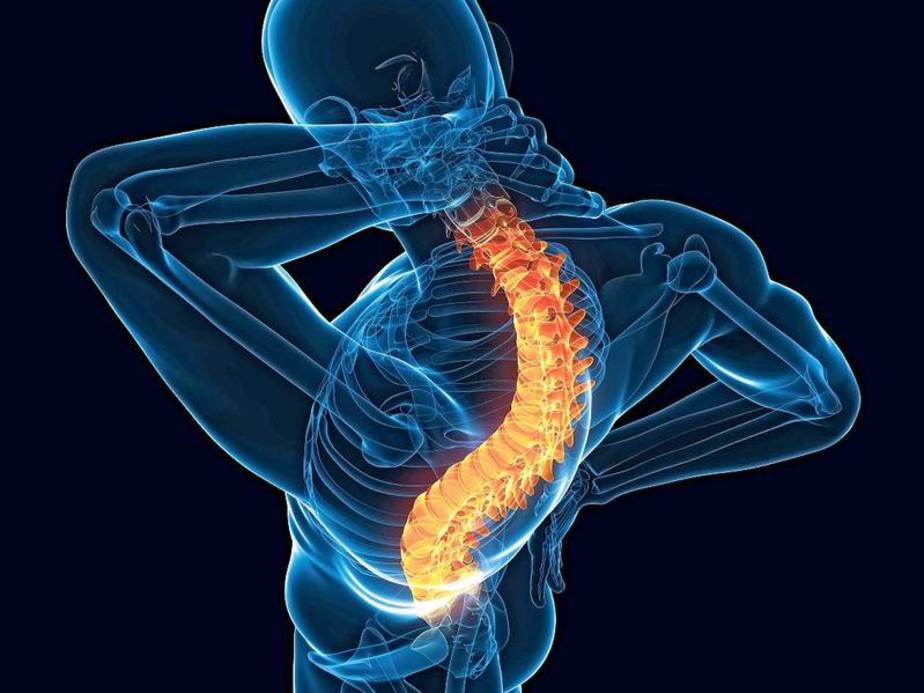
“The dictionary is the only place that success comes before work. Hard work is the price we must pay for success. I think you can accomplish anything if you’re willing to pay the price.”
– Vince Lombardi
Physical Therapy
See also:
Trigger Point Therapy for Myofascial Pain
Personal Training
Genovive – Sample Nutrition & Fitness Report
Definitions and Terms Related to Pain
Key to Links:
Grey text – handout
Red text – another page on this website
Blue text – journal publication
Physical Therapy Evaluation
What the Physical Therapist Assesses
uscles for spasm, tenderness to touch, tightness and trigger points.
Resources:
References:
Physical Therapy – Overviews
Physical Therapy – Fibromyalgia
- Benefits of a self-myofascial release program on health-related quality of life in people with fibromyalgia: a randomized controlled trial. – PubMed – NCBI – 2017
- Effects of myofascial release techniques on pain, physical function, and postural stability in patients with fibromyalgia: a randomized controlled … – PubMed – NCBI – 2011
- Effectiveness of different styles of massage therapy in fibromyalgia – A systematic review and meta-analysis – 2015
- Transcutaneous electrical nerve stimulation (TENS) for fibromyalgia in adults – 2017
Physical Therapy – LBP: Disc Pain
- LITERATURE REVIEW ON PERTINENT Imaging Findings for Discogenic Back Pain – 2015
- Lumbar disk prolapse – Response to mechanical physiotherapy in the absence of changes in magnetic resonance imaging. Report of 11 cases – 2008
Physical Therapy – Myofascial Pain
- Comparison of two different techniques of electrotherapy on myofascial pain – PubMed 2002
- Expert consensus on the diagnosis and treatment of myofascial pain syndrome- 2021
- The Case for Comorbid Myofascial Pain—A Qualitative Review – 2020
- Myofascial Trigger Points Then and Now – A Historical and Scientific Perspective – 2015
- Trigger Points – An Anatomical Substratum – 2015
- A comparison of the clinical manifestation and pathophysiology of myofascial pain syndrome and fibromyalgia – implications for differential diagnosis and management – 2018
- Clinical implication of latent myofascial trigger point – PubMed -2013
Physical Therapy – Transcutaneous Electrical Stimulation (TENS)
- Transcutaneous electrical nerve stimulation (TENS) for chronic pain – an overview of Cochrane Reviews – 2019
- Transcutaneous electrical nerve stimulat
ion (TENS) for neuropathic pain in adults – 2017 - Transcutaneous electrical nerve stimulation (TENS) for fibromyalgia in adults – 2017
- Transcutaneous electrical nerve stimulation (TENS) for chronic neck pain – 2019
- Comparison of two different techniques of electrotherapy on myofascial pain – PubMed 2002
- Effectiveness of transcutaneous electrical nerve stimulation for the treatment of migraine – a meta-analysis of randomized controlled trials – 2018
- Effects of Transcutaneous Electrical Nerve Stimulation on Proinflammatory Cytokines – Systematic Review and Meta-Analysis – 2018
- Efficacy and Safety of a Stimulator Using Low-Intensity Pulsed Ultrasound Combined with Transcutaneous Electrical Nerve Stimulation in Patients with Painful Knee Osteoarthritis – 2019
- The clinical efficacy of transcutaneous electrical nerve stimulation (TENS) for acute and chronic pain – a protocol for a meta-analysis of randomised controlled trials (RCTs) – 2019
- Transcutaneous Electrical Nerve Stimulation Reduces Movement‐Evoked Pain and Fatigue – A Randomized, Controlled Trial-2020
- Transcutaneous electrical nerve stimulation for acute pain – PubMed – 2015
- Neuromodulation for Pain Management in the Inpatient Setting – A Narrative Review – 2021
- Transcutaneous electrical nerve stimulation, acupuncture, and spinal cord stimulation on neuropathic, inflammatory and, non-inflammatory pain in rat models – 2020
- Transcutaneous Electrical Nerve Stimulation – 2020
- Using TENS for pain control – the state of the evidence – 2014
- An ICON Overview on Physical Modalities for Neck Pain and Associated Disorders – 2013
- Myofascial Pain Syndrome – A Treatment Review – 2013
- Transcutaneous electrical nerve stimulation (TENS) for chronic pain ‐ an overview of Cochrane Reviews – 2019
- What is the effectiveness and adverse event data of transcutaneous electrical nerve stimulation (TENS) in reducing pain in adults with chronic pain? An overview of Cochrane Reviews – 2020
- Electrotherapy for neck pain – PubMed – 2013
.
Emphasis on Education
Accurate Clinic promotes patient education as the foundation of it’s medical care. In Dr. Ehlenberger’s integrative approach to patient care, including conventional and complementary and alternative medical (CAM) treatments, he may encourage or provide advice about the use of supplements. However, the specifics of choice of supplement, dosing and duration of treatment should be individualized through discussion with Dr. Ehlenberger. The following information and reference articles are presented to provide the reader with some of the latest research to facilitate evidence-based, informed decisions regarding the use of conventional as well as CAM treatments.
For medical-legal reasons, access to these links is limited to patients enrolled in an Accurate Clinic medical program.
Should you wish more information regarding any of the subjects listed – or not listed – here, please contact Dr. Ehlenberger. He has literally thousands of published articles to share on hundreds of topics associated with pain management, weight loss, nutrition, addiction recovery and emergency medicine. It would take years for you to read them, as it did him.
For more information, please contact Accurate Clinic.
Supplements recommended by Dr. Ehlenberger may be purchased commercially online or at Accurate Clinic.
Please read about our statement regarding the sale of products recommended by Dr. Ehlenberger.
Accurate Supplement Prices
.
